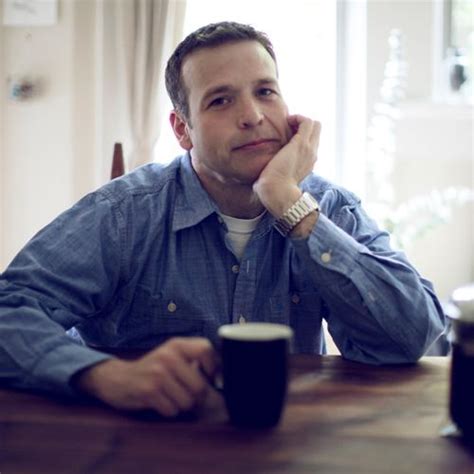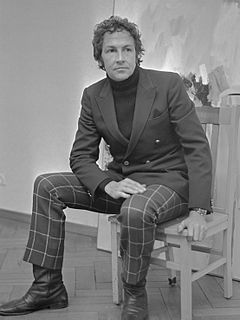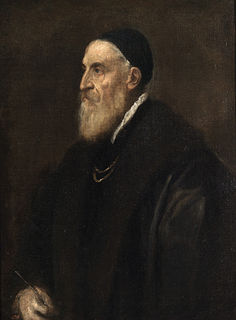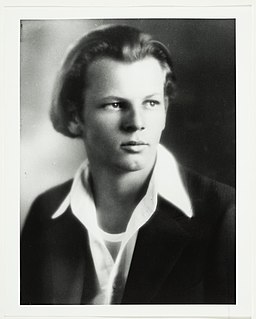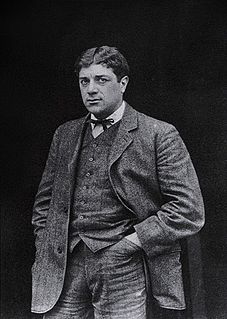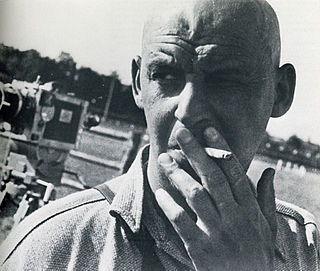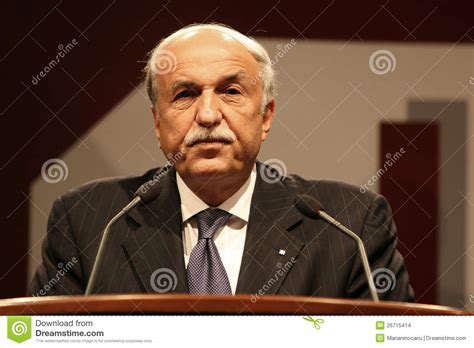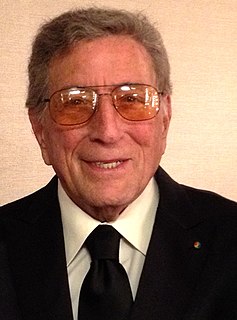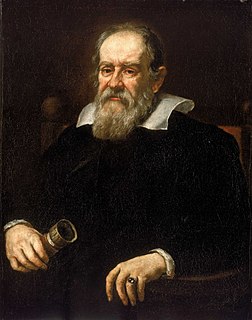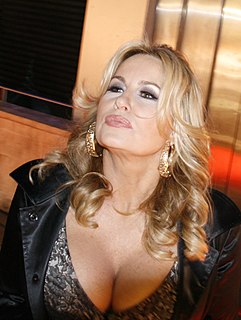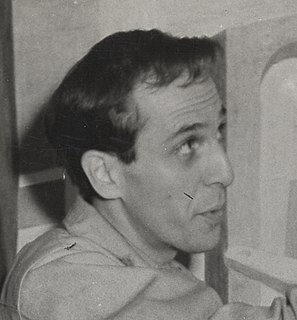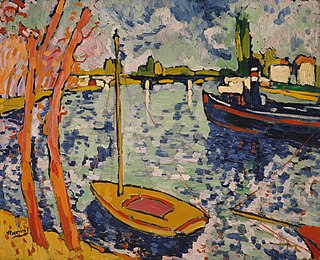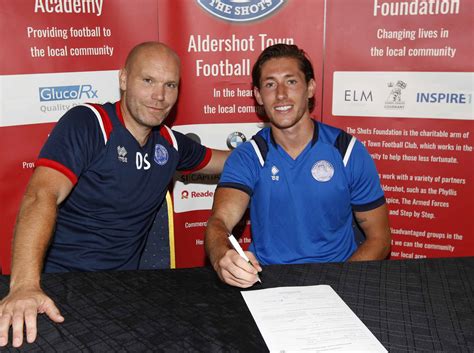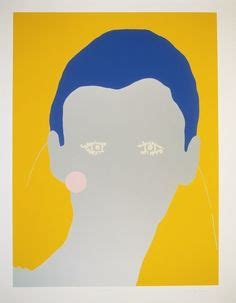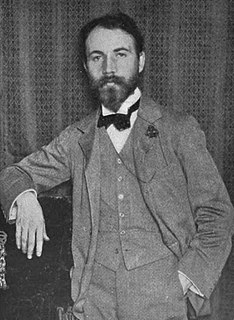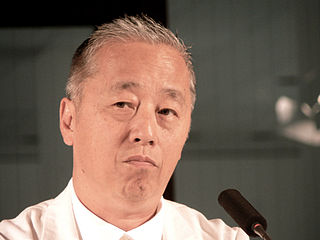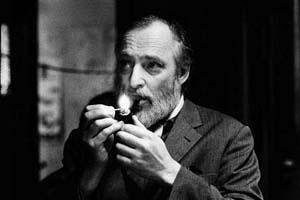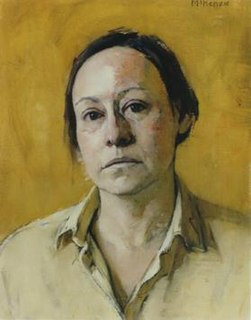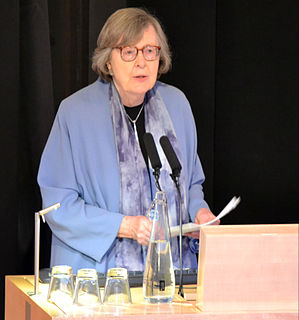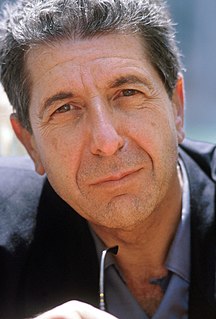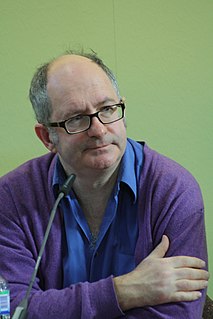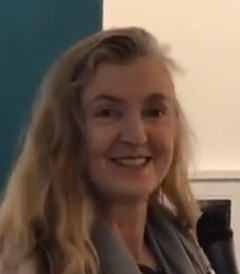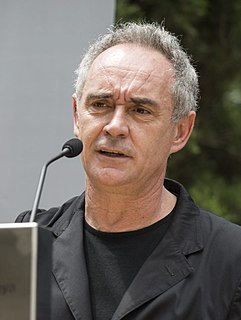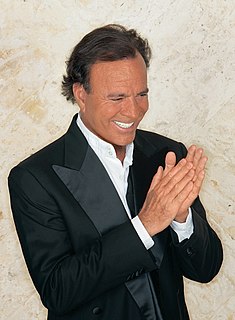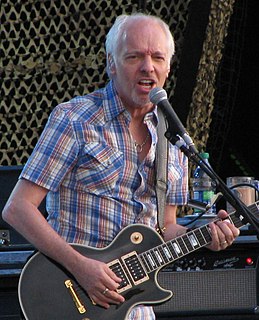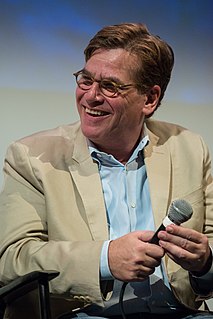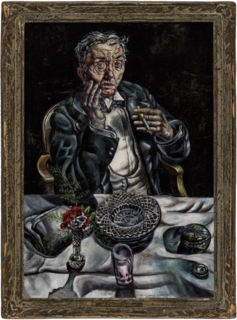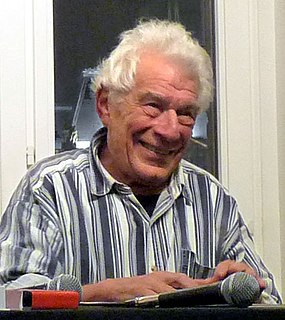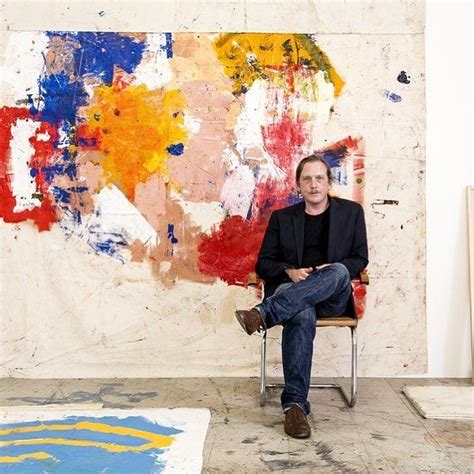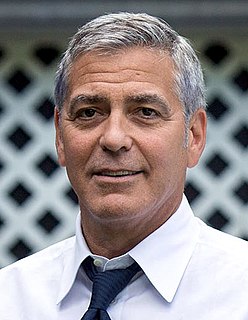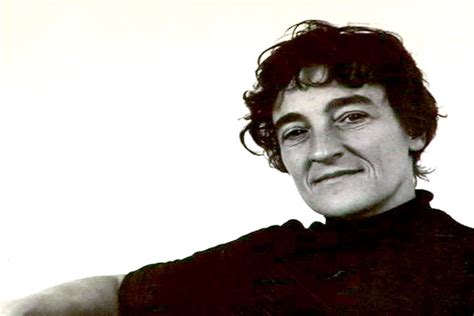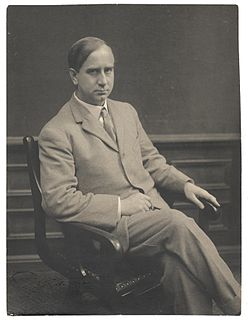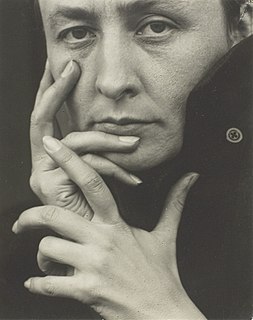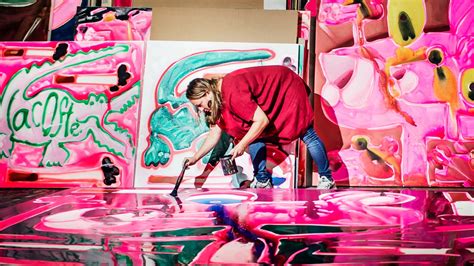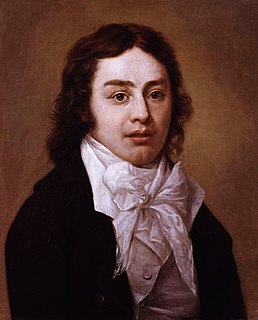Top 1200 Landscape Painting Quotes & Sayings - Page 4
Explore popular Landscape Painting quotes.
Last updated on November 16, 2024.
A painted landscape is always more beautiful than a real one, because there's more there. Everything is more sensual, and one takes refuge in its beauty. And man needs spiritual expression and nourishing. It's why even in the prehistoric era, people would scrawl pictures of bison on the walls of caves. Man needs music, literature, and painting-all those oases of perfection that make up art-to compensate for the rudeness and materialism of life.
I fell in love with books. Some people find beauty in music, some in painting, some in landscape, but I find it in words. By beauty, I mean the feeling you have suddenly glimpsed another world, or looked into a portal that reveals a kind of magic or romance out of which the world has been constructed, a feeling there is something more than the mundane, and a reason for our plodding.
We struggle against easel painting not because it is an aesthetic form of painting, but because it is not modern, for it does not succeed in bringing out the technical side, it is a redundant, exclusive art, and cannot be of any use to the masses. Hence we are struggling not against painting but against photography carried out as if it were an etching, a drawing, a picture in sepia or watercolor.
For example, in one of my last exhibitions I had a 50-foot massive painting with I think perhaps a hundred thousand hand-painted small flowers. This was the Christ painting [The Dead Christ in the Tomb, 2008] in my Down exhibition [2008]. Now, I simply can't spend eight hours a day painting small, identical flowers. And so I've got a team that allows me to have these grand, sweeping statements.
I attended the High School of Industrial Arts and studied with many great artists as painting is something that you never stop learning about. Actually, in high school there was a time that I was thinking about just concentrating on painting and I asked my music teacher, Mr. Sondberg, for advice and he encouraged me to stick with the music as well. So all my life I have been singing and painting.
I don’t trust painting. At least not in New York. Most painting here relies on formula and repetition, whoring itself to the market. There seems to be no risk and once a painter gets a strategy, very little exploration. As a result, I stopped thinking about painting a long time ago. I prefer forms of art that are more market-resistant, more idea-based, more - for lack of a better word - risky.
Is there in painting an effect which arises from the being together of repose and energy in the artist's mind? - can both repose and energy be seen in a painting's line and color, plane and volume, surface and depth, detail and composition? - and is the true effect of a good painting on the spectator one that makes at once for repose and energy, calmness and intensity, serenity and stir?
Humans have changed the landscape so much, but images of the sea could be shared with primordial people. I just project my imagination on to the viewer, even the first human being. I think first and then imagine some scenes. Then I go out and look for them. Or I re-create these images with my camera. I love photography because photography is the most believable medium. Painting can lie, but photography never lies: that is what people used to believe.
In 1939 I wrote my first article ("Intime banaliteter" [Intimate banalities] in the journal Helhesten) in which I expressed my love for sofa painting, and for the last twenty years I have been preoccupied with the idea of rendering homage to it. Thus I act with full responsibility and after extensive reflection. Only my current situation has enabled me to accomplish the expensive task of demonstrating that the preferred sustenance of painting is painting.
I have long been interested in landscape history, and when younger and more robust I used to do much tramping of the English landscape in search of ancient field systems, drove roads, indications of prehistoric settlement. Towns and cities, too, which always retain the ghost of their earlier incarnations beneath today's concrete and glass.
I feel that this is a vocabulary that I grew up with. This biblical landscape is very familiar to me, and it's natural that I use those landmarks as references. Once they were universal references and everybody understood and knew them and located them. That's no longer the case today, but it is still my landscape.
Painting from life was incredibly important for me because it allowed me to train my eyes to see everything that is there. But I realized early on that painting from life wasn't something that I was all that invested in. I was always more interested in the painting than I was the people. For me, removing that as a compulsion offered me a lot more freedom to actually paint and think about color, form, movement, and light.
Not all paintings are abstract; they're not all Jackson Pollock. There's value in a photograph of a man alone on a boat at sea, and there is value in painting of a man alone on a boat at sea. In the painting, the painting has more freedom to express an idea, more latitude in being able to elicit certain emotion.
I've walked a lot in the mountains in Iceland. And as you come to a new valley, as you come to a new landscape, you have a certain view. If you stand still, the landscape doesn't necessarily tell you how big it is. It doesn't really tell you what you're looking at. The moment you start to move the mountain starts to move.
I feel like what's most important for painting - which has been hierarchically on the top for a really long time in terms of what is considered fine art, by comparison with something like a comic book or what's considered low art - is that painting should open up laterally to include other cultures and things that don't immediately resonate as a painting but are obviously of equal contribution to the genre.
A lot of young painters love to incorporate celebrity. One idea of being a painter is to use what's happening at the time. Velázquez was painting of his time. And so was Rembrandt. And Francis Bacon was painting his time in London. He was a real mover, but he saw the insect in the rose. But yes, when I do a painting, I want to take the "I did this" out of it. That's why I started using chance, like the markings on the wood. I never wanted to compose.
I bought a painting in Madrid on my first trip there too and a lot of people say, 'Well it's not the greatest painting' and I say, 'It is to me.' OK, you can look at a beautiful painting and say, 'That's beautiful' but to me, it feels warmer to fill my home with pictures of friends and family and paintings of places I've gone. That's what I want to come home to.
Given the lack of public skills in reading photographs, given that photographic content is sometimes buried in beauty, contemporary landscape photographers are often condemned to making pretty pictures. Dramatic clouds and sifting light can overwhelm more mundane information. Yet who can resist beautiful landscape pictures of one kind or another? Not I.
I find that I have painted my life, things happening in my life - without knowing. After painting the shell and shingle many times, I did a misty landscape of the mountain across the lake,
and the mountain became the shape of the shingle - the mountain I saw out my window, the shingle on the table in my room. I did not notice that they were alike for a long time after they
were painted.

